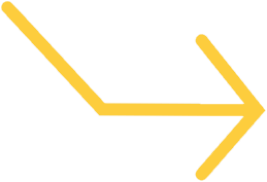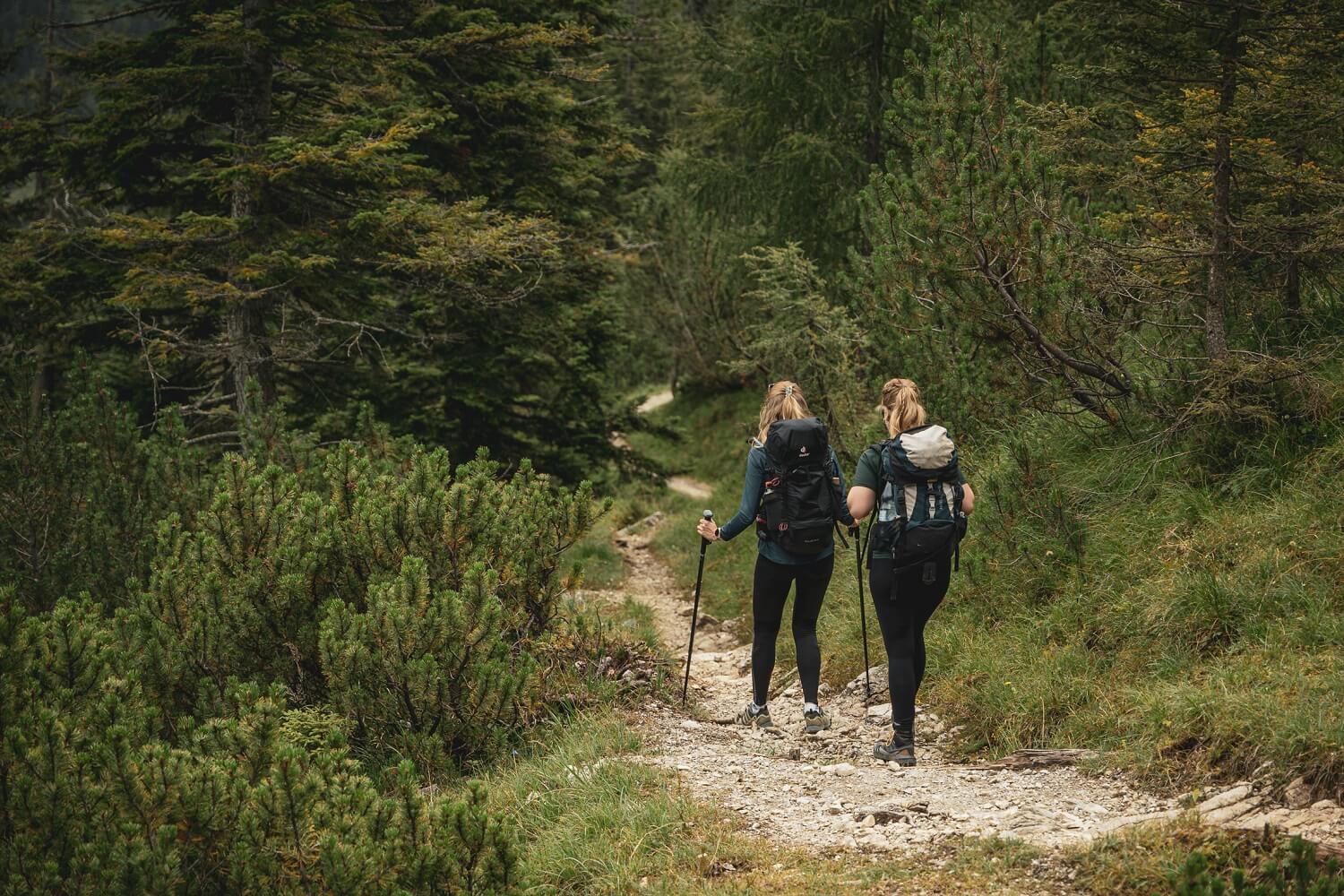We see you
We get you moving
Our perspective
Peak Perspective is here to help you find your unique path. Leading yourself from a place of inner clarity.
We take you out in nature, where you can disconnect from the buzz around you and reconnect with self.
We make your own barriers and constraining patterns visible and guide you to explore your wildest dreams and deepest desires. We see you. We move you. Together we make it happen.
Our 7 principles
Who are you?
Are you living your life to the fullest? Or are things holding you back? We get you moving.

Next step in career

Become a better leader

Discover your identity

Guide others
Tool 1: Using the power of the group to accelerate change

Tool 3: Experimentation with new behaviors

Tool 2: Coaching to discover personal growth opportunities

Tool 4: Physical challenge to support movement and change

4 tools on our hikes
People have many different roles and responsibilities, it is easy to lose sight of one’s own dreams and ambitions. We offer programs that support you to regain clarity, discover and draft your own path.
Simply hiking and talking isn’t enough to get you going. We use multiple tools in our approach to help you.
General setup of our hikes
Mapping where you are
Envisioning your path ahead
Bridging the gap
The action plan

